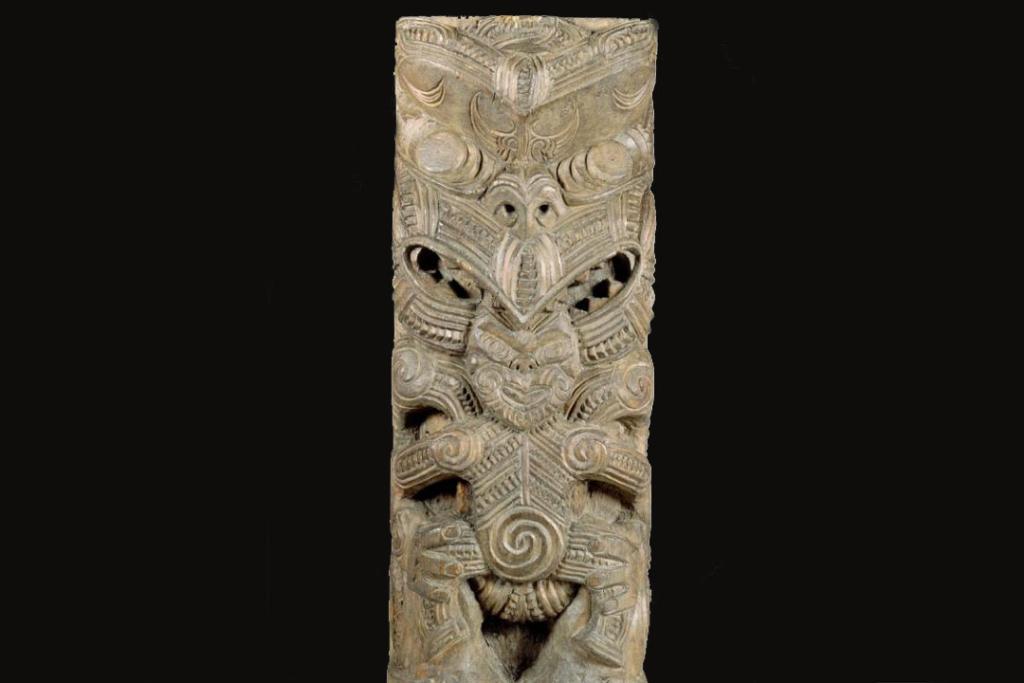
New Zealand collection
Around 400 items from our New Zealand collection are online, including personal ornaments, tools, toys, textile and weapons.
This is part of the Oceania collection.
Most of this material was collected after World War II. At the beginning of the War, many of the most valuable collections of the City of Liverpool Public Museum (now World Museum) were evacuated from the city for safekeeping. The 'Pacific Basement', as it was known, was not evacuated as it was thought to be safe. Unfortunately this was not true. On 3 May 1941 a bomb fell on the public libraries next door and the resulting fire gutted the museum building. Most of the Pacific material in the museum at the time was lost.
After the war the museum tried to replace some of the lost items by acquiring collections from other museums, or private collectors, which were rationalising their holdings at that time.
Most of the Maori material came from five main sources.
- The first was Somerset Archaeological and Natural History Society, Taunton, in 1942. This purchase comprised about 200 items from donors in the Somerset area, and most of the collection came from the Pacific.
- The museum bought a second collection of mainly oceanic items in 1946. This came from Air Commodore AA Walser, from the private collection of his wife's grandfather, Henry Charles Stephens. Stephens, widely known for his family's production of ink, was also a Fellow of the Royal Anthropological Institute. He lived in London and catalogued his collection of over 160 pieces in 1879.
- One of the best known collectors of Pacific material in England in the first half of the 20th century was Harry G Beasley, who kept a museum at Cranmore, Chislehurst, Kent, from 1895 until his death in 1939. His wife, Irene Beasley, dispersed the collection in the early 1950s, largely to British public collections. She gave the museum about 3,000 pieces in 1954. About 2,000 of these were from Oceania, acquired mainly from sales rooms and by private purchase.
- Another substantial collection was bought from Norwich Castle Museum in 1956. The museum began as part of a literary institute in 1824, and is a source of some older items.
- The Wellcome Historical Medical Museum, London, gave large numbers of ethnographic artefacts to several large public museums between 1951 and 1981, including Liverpool. Many had been acquired through agents at sales rooms such as Stevens of Covent Garden and lack documentation on their origins, but still include items of interest.
